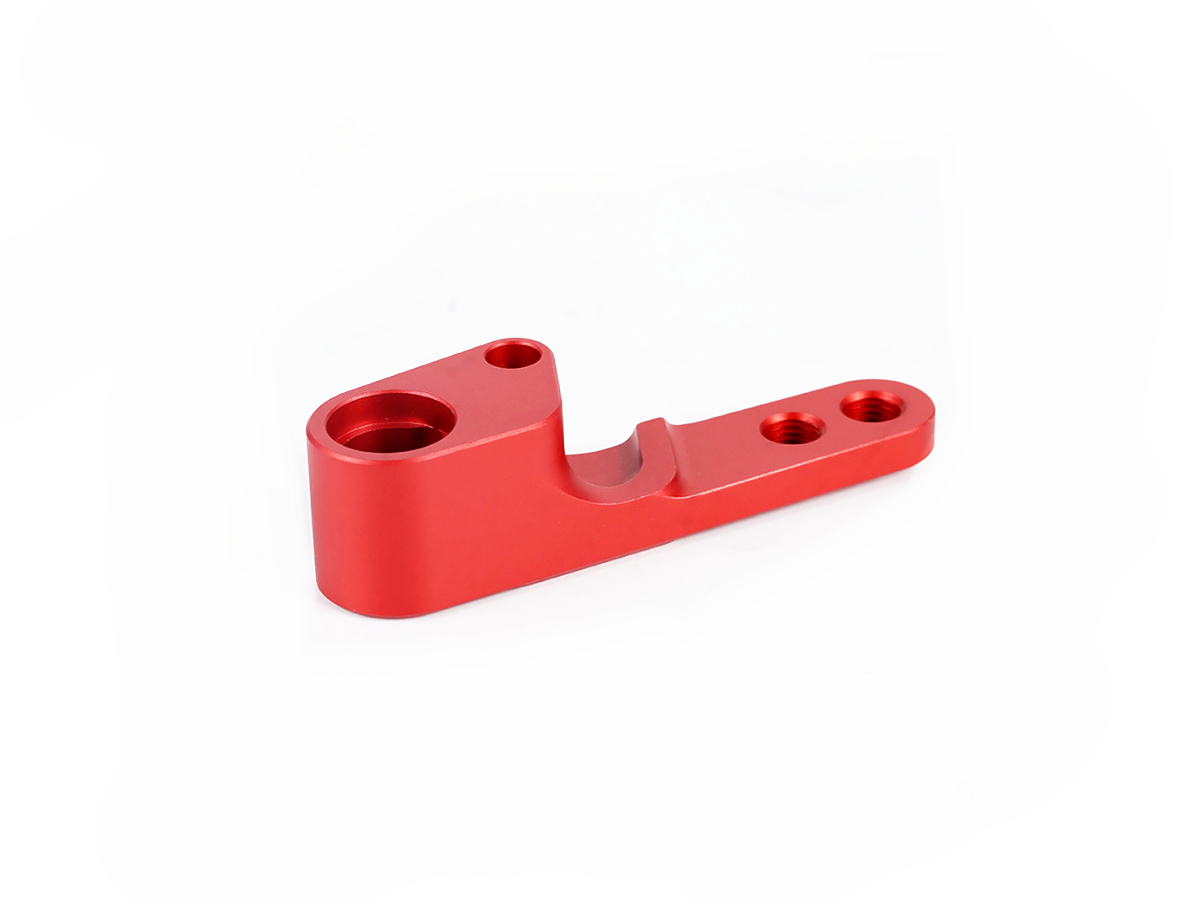CNC Prototyping of Aluminum: Fast, Lightweight Prototypes for Functional Testing
Introduction
CNC prototyping of aluminum offers manufacturers a rapid and precise way to produce lightweight, reliable parts for efficient functional testing. Industries such as automotive, consumer electronics, and robotics leverage advanced CNC prototyping to fabricate aluminum prototypes with high precision (±0.005 mm tolerance), commonly utilizing alloys like Aluminum 6061-T6, Aluminum 7075, and Aluminum ADC12 (A380).
Rapid CNC prototyping significantly shortens design cycles, allowing engineers to quickly validate functional performance and iterate design concepts.
Aluminum Alloy Material Properties
Material Performance Comparison Table
Aluminum Alloy | Tensile Strength (MPa) | Yield Strength (MPa) | Density (g/cm³) | Thermal Conductivity (W/m·K) | Applications | Advantages |
|---|---|---|---|---|---|---|
310-320 | 275-290 | 2.70 | 167 | Structural prototypes, mechanical components | Good strength-to-weight ratio, machinability | |
530-570 | 480-510 | 2.81 | 130 | Aerospace prototypes, automotive parts | Exceptional strength, fatigue resistance | |
320-330 | 165-180 | 2.76 | 96 | Die-cast prototypes, electronics housing | Excellent castability, good thermal properties | |
400-430 | 280-300 | 2.78 | 121 | High-performance components, gears | Excellent fatigue strength, high toughness |
Material Selection Strategy
Selecting the appropriate aluminum alloy depends on the specific performance requirements and testing needs of prototypes:
Aluminum 6061-T6: Ideal for general functional prototypes needing moderate strength (up to 320 MPa tensile) and good machinability; extensively used in automotive, robotics, and structural applications.
Aluminum 7075: Optimal for high-performance prototypes demanding superior tensile strength (up to 570 MPa), high fatigue resistance, and toughness, commonly employed in aerospace and automotive testing.
Aluminum ADC12 (A380): Best suited for die-cast prototypes requiring excellent castability, good strength (up to 330 MPa tensile), and thermal conductivity, frequently used for electronic enclosures and consumer product casings.
Aluminum 2024: Preferred for components requiring high fatigue strength and toughness, often chosen for gears, shafts, and complex mechanical systems in aerospace and high-performance automotive applications.
CNC Prototyping Processes for Aluminum Components
CNC Process Comparison Table
CNC Machining Process | Accuracy (mm) | Surface Finish (Ra µm) | Typical Uses | Advantages |
|---|---|---|---|---|
±0.005 | 0.4-1.6 | Complex shapes, structural components | High precision, versatility | |
±0.005 | 0.4-1.6 | Cylindrical components, shafts | High accuracy, excellent surface finish | |
±0.01 | 0.8-3.2 | Precision holes, threaded parts | Rapid processing, cost-effective | |
±0.003 | 0.2-1.0 | Complex prototypes, multi-angle parts | Superior accuracy, reduced setups |
CNC Process Selection Strategy
Choosing a suitable CNC prototyping method for aluminum prototypes depends on complexity, tolerance requirements, and production speed:
CNC Milling: Recommended for creating intricate, lightweight aluminum prototypes requiring precise accuracy (±0.005 mm), excellent for automotive and aerospace structural components.
CNC Turning: Best suited for precision cylindrical components and functional rotating parts, offering high accuracy (±0.005 mm) and smooth surface finishes, commonly applied in shaft components and bushings.
CNC Drilling: Ideal for quickly producing accurate holes (±0.01 mm) and threaded features in prototypes, providing efficient, cost-effective, functional testing components.
Multi-Axis Machining: Perfect for complex prototypes with detailed features and multi-angle geometries, achieving superior dimensional control and reducing lead times significantly.
Surface Treatments for Aluminum Prototypes
Surface Treatment Comparison
Treatment Method | Surface Roughness (Ra µm) | Corrosion Resistance | Max Operating Temp (°C) | Applications | Key Features |
|---|---|---|---|---|---|
≤0.8 | Superior (MIL-A-8625F) | 350 | Aerospace parts, electronics housings | Enhanced corrosion protection, decorative finish | |
1.0-2.0 | Excellent (ASTM D3359) | 200 | Automotive prototypes, consumer products | Durable coating, scratch resistance | |
≤1.0 | Excellent (ASTM A967) | 300 | Precision components, mechanical parts | Improved corrosion resistance, surface cleanliness | |
≤0.4 | Superior (ASTM B912) | 250 | Precision components, medical devices | Ultra-smooth surfaces, enhanced corrosion resistance |
Surface Treatment Selection Strategy
Applying suitable surface treatments significantly improves corrosion resistance, appearance, and performance of aluminum prototypes:
Anodizing: Preferred for aerospace and electronic prototypes, offering exceptional corrosion resistance and attractive finishes compliant with MIL-A-8625F standards.
Powder Coating: Recommended for automotive and consumer product prototypes, providing robust, durable finishes with excellent scratch resistance and aesthetic appeal (ASTM D3359).
Passivation: Optimal for precision mechanical components requiring reliable corrosion protection (ASTM A967), ensuring component longevity during functional testing.
Electropolishing: Ideal for prototypes needing superior surface smoothness (≤0.4 µm Ra), particularly beneficial for high-precision medical and optical devices.
Quality Assurance Procedures
Dimensional Inspection: Precision CMM measurements (±0.002 mm, ISO 10360-2).
Material Verification: Alloy composition analysis per ASTM B209.
Surface Finish Testing: ISO 4287 compliance.
Mechanical Testing: Tensile and hardness testing according to ASTM E8, ASTM E18.
Corrosion Resistance Tests: Salt spray test (ASTM B117) evaluations.
Visual Inspection: Ensuring adherence to ISO 2768.
ISO 9001 Quality Management: Robust quality control ensuring prototype consistency and reliability.
Key Industry Applications
Automotive structural parts
Aerospace prototypes
Consumer electronics enclosures
Robotics components
Related FAQs:
Why choose aluminum for CNC rapid prototyping?
Which CNC processes deliver the best aluminum prototypes?
What surface treatments improve aluminum prototypes?
What quality standards apply to CNC aluminum prototyping?
Which industries benefit most from aluminum CNC prototyping?
2/2

